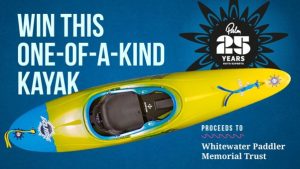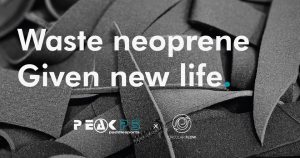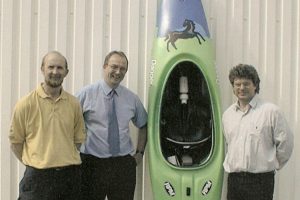Can paddle sports create a dealer-based system where used and end-of-life gear are recycled into usable materials?
For all our efforts toward sustainability, the paddle sports industry exists alongside an ugly truth. We leave a massive environmental footprint, from plastic waste and carbon emissions transporting and manufacturing goods to products whose life cycle ends, more often than not, at a landfill. Rather than accept this as fact, more are asking: What are we going to do about it?
Production and design
Last year at the 2023 Paddle Sports Show in Strasbourg, there was growing interest in creating an effective “virtuous circle,” with brands and dealers uniting to discuss pathways to recycle end-of-life products into raw materials, which can be used to create new items for purchase. Topping industry-wide advances in sustainable construction and design was Peak Paddlesports’ “Circular Ready” line and concept, products designed to be deconstructed and returned at the end of life to usable raw materials rather than a landfill. It’s an exciting taste of what the future could hold.
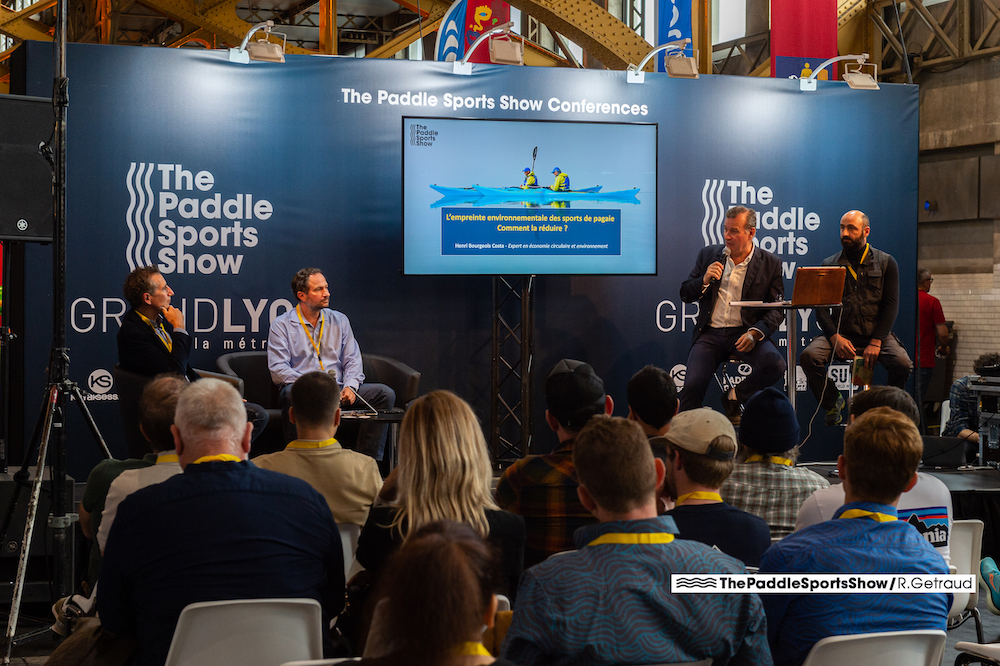
Collection and processing
One solution to facilitate recycling end-of-life products involves dealers as intermediaries who can collect and return items to manufacturers or send them to external partners. Discussion at the Paddle Sports Show made it clear that placing the dealer in a central role adds value for manufacturers and dealers alike. In addition to strengthening existing networks and relationships, a dealer-based solution has the potential to drive sales and encourage repeat business as customers return used products and buy new ones. Additionally, the more participation in such a system is celebrated or rewarded, the more not partaking risks damaging reputation and sales.
“Consumers increasingly value longevity and eco-resilient manufacturing processes and materials and recognize the detrimental environmental effects caused by products that routinely need replacement,” points out Jason Eccles, President of Aqua Bound and Bending Branches. This realization has led to new technologies for Aqua Bound, including their Lam-Lok™ blade construction, as seen in Strasbourg.
Another benefit to using established dealer networks is an accelerated pathway to reduce plastic waste. Introducing reusable transport bags for boards and kayaks that can travel between dealers and manufacturers or be used to collect products for recycling “could reduce plastic pollution by five kilos per kayak,” asserts Bob Timms, who helped lead and organize the “The Virtuous Paddle Sports Recycling Chain” conference at the 2023 Paddle Sports Show.
Brands such as Rab, The North Face, and fashion giant H&M have initiated similar systems with take-back boxes available at limited retailers. Others, like Teva, accept products via mail, covering the cost of shipping to recycling partners or rewarding customers with credit towards future goods. “Lots of (paddle sport) manufacturers have these initiatives, but they’re not being recognized enough,” points out Lotta Lettmann.
Currently, Peak’s Circular Ready line can be returned to Peak Paddlesports in person or via mail. Peak will separate the components and send them to their recycling partners for processing. Many kayak companies, such as RotoAttivo, Lettmann, and Liquid Logic, offer recycling options for boats made of LDPE and HDPE. “Not Sure What to Do with Your Trashed Boat? Let Us Recycle it!” exclaims Liquid Logic’s website. “Return your old kayaks and canoes to Roto. We can recycle them and produce new products. You will save nature and receive discounts,” promotes Roto.
Still, “most paddlesports products are currently not easily re-purposed by the manufacturers,” reminds Palm Equipment Marketing Manager Paul Robertson. Rather than having manufacturers invest in building facilities, partnering with third parties who can help separate parts and transform them for their next phase of life seems prudent—and a great place to start.
Further inspiration can be found in the success of ski giant Technica, which has collected and upcycled more than 4000 pairs of ski boots since launching the “Recycle Your Boots” program in 2021. Retailers played a crucial role in Tecnica’s success by raising awareness of the campaign and collecting boots, later delivered to a collection center in Italy via a dedicated transportation system. The collected boots are broken down into useable raw materials and sent to different partners for use in various products, from ski boots to crash pads.
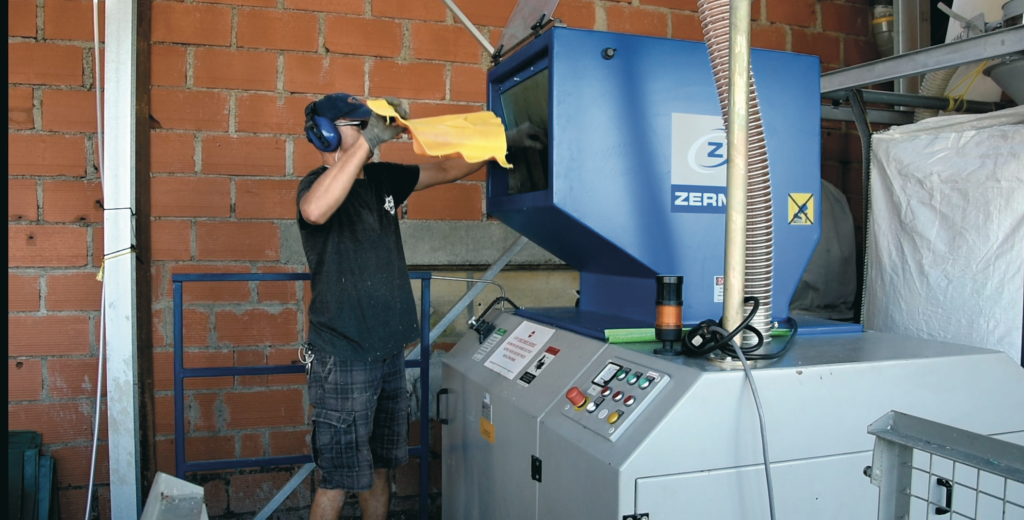
A perfect solution? Maybe. Maybe not. Having manufacturers cover the cost of recycling or transportation to recycling centers effectively gives dealers larger margins. However, fully shouldering the cost of getting heavier, bulkier items to appropriate recycling facilities “would raise the price and drive down profitability or make some items less desirable,” cautions Miha Rausl of Sipa Boards. The burden on the manufacturer could be significant, especially considering the potential added cost of sourcing recyclable materials and modifying product design without sacrificing quality. Creating incentives and making the system as convenient as possible remain important, from facilitating collection networks to reduce the cost of transporting and processing goods to convincing consumers to pay more for items that do good and manufacturers to take responsibility for the lifespan of their products.
But make no mistake. The question is no longer how much the extra cost will be, nor is cost an excuse. The question is how much longer can we— the paddle industry—escape our responsibilities? The Earth is at a critical juncture. Even with advances in sustainable materials and support for environmental initiatives, the paddle industry’s impact on the planet is undeniable, and people are starting to notice. We need to initiate change now. Before our “ugly truth” and environmental impact drive customers away or turn them against us. Before we no longer are seen as promoting and protecting the outdoors but polluting them. Before we are seen not as proactive, but as unable to act.
The ultimate goal is to create a true virtuous circle, where everything we produce is 100% “green,” made from sustainable materials that can recycled and repurposed so that nothing ends up in a landfill. It is not as impossible as we think. The industry has already taken steps toward reaching this goal as individuals. The next step requires collective effort and a strong network of dealers and manufacturers. It’s a big job, but the first step is to start. The cycle may evolve as we develop new technology, but we will always need to finish what we started and take ownership of our mess. There is no alternative for the planet or the paddle sports industry. Who’s in?

